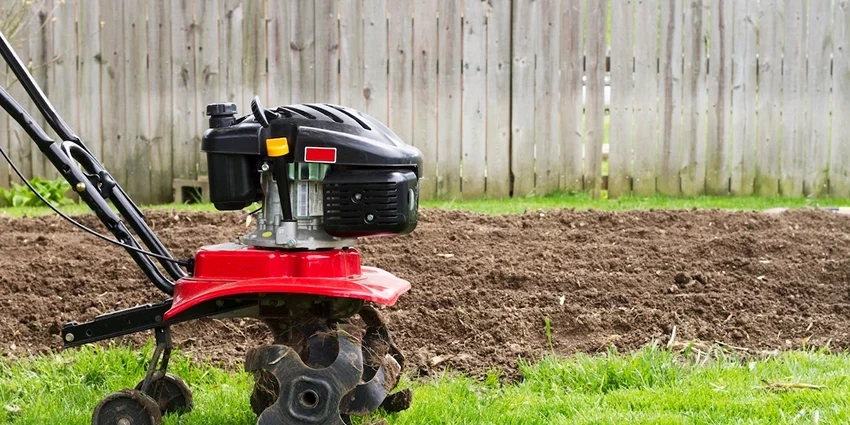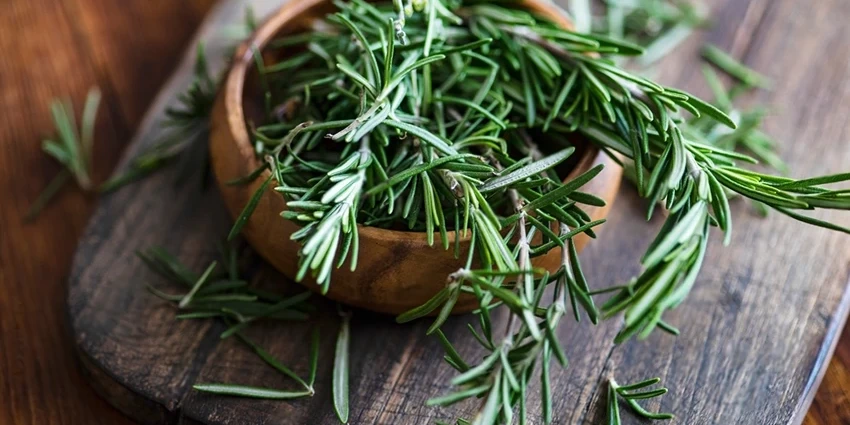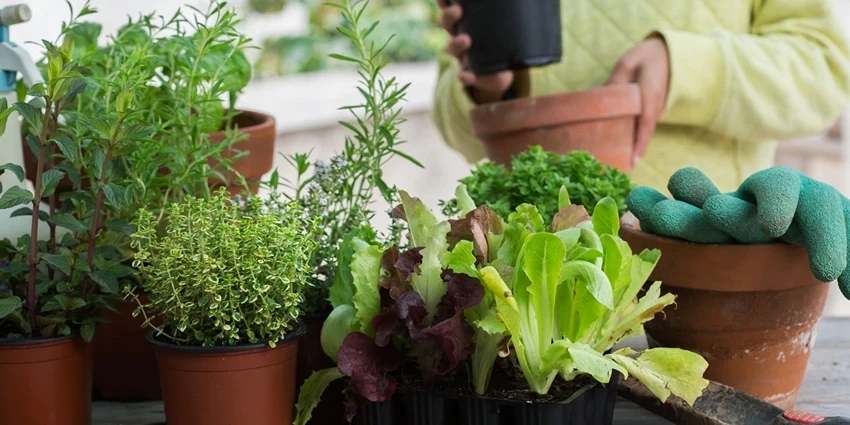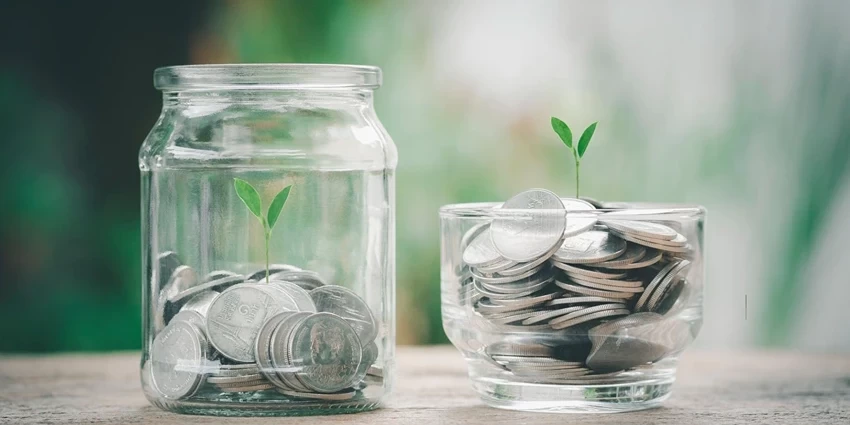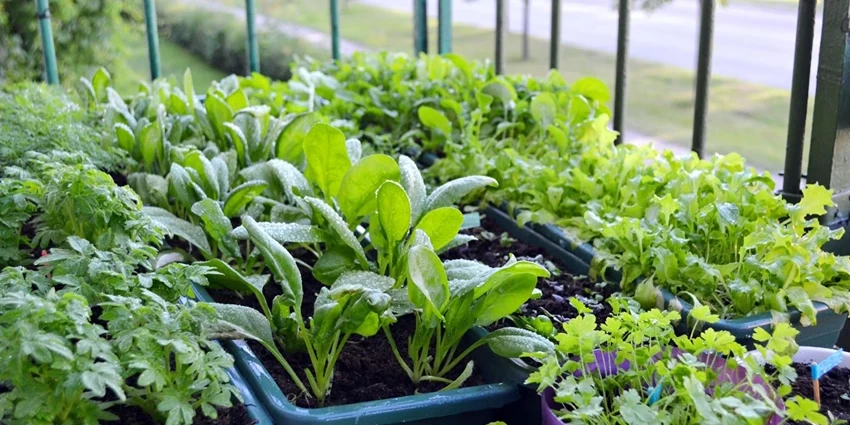All products were chosen independently by our editorial team. This review contains affiliate links and we may receive a commission for purchases made. Please read our affiliates FAQ page to find out more.
Home » Gardening Methods » Herb Gardening for Pollinators
Gardening is not just about the beauty or the harvest; it’s a profound connection to nature. In the delicate dance of ecosystems, pollinators play a pivotal role. By inviting these tireless workers into our gardens, we not only enhance the productivity of our plants but also contribute to the health of the environment. Herb gardens, with their fragrant and nectar-rich blooms, are particularly enticing to pollinators such as bees and butterflies. Let’s embark on a journey to create a haven for these vital creatures.
Register for our latest in-depth reviews and product round-ups from the experts.
Enter your email address below to receive our monthly review emails.
By entering your details, you are agreeing to our terms and conditions and privacy policy. You can unsubscribe at any time.
The Importance of Pollinators in Our Gardens
Pollinators are the unsung heroes of the natural world, responsible for the reproduction of over 85% of the world’s flowering plants, including many of the crops we rely on for food. Without them, our gardens and the wider environment would be barren and unproductive.

Selecting the Right Location for Pollinators
When planning your herb garden, consider the following to create an inviting space for pollinators:
- Sunlight: Most herbs and pollinators thrive in full sun.
- Protection: A location sheltered from strong winds helps pollinators navigate with ease.
- Accessibility: Ensure that pollinators can easily find and access the flowers.
Understanding Pollinator Preferences
Recognizing the specific preferences of pollinators can significantly boost the allure of your garden. By catering to their unique tastes and needs, you create a more inviting and thriving garden space. Learn more about plants that appeal to these vital garden visitors, such as the perennial Flowers, known for its attractiveness to a variety of pollinators
- Color: Bees are drawn to blue, purple, and yellow flowers, while butterflies prefer red, yellow, orange, and pink.
- Shape: Tubular flowers are ideal for butterflies, whereas open-faced flowers are easier for bees to access.
Designing a Pollinator-Friendly Garden Layout
A thoughtfully designed garden layout can significantly improve the foraging efficiency of pollinators:
- Variety: Plant a diverse range of herbs to provide a continuous bloom throughout the growing season.
- Clustering: Grouping the same plants together makes them more noticeable to pollinators.
Top Herbs That Attract Bees and Butterflies
Incorporating the following herbs into your garden will create a buzz of activity:
- Lavender: With its iconic scent and purple spikes, lavender is a bee magnet.
- Thyme: Thyme’s tiny flowers are a favorite for both bees and butterflies.
- Sage: The nectar of sage’s blooms is irresistible to many pollinators.
- Oregano: When allowed to flower, oregano provides a feast for a variety of bees.
- Borage: Known as the bee’s bread, borage’s blue flowers are highly nutritious for pollinators.
Planting and Care Tips for Each Herb
To ensure your herbs thrive and continue to attract pollinators, consider the following tips:
- Soil: Well-draining soil is crucial for herb health.
- Watering: Regular watering helps herbs produce the nectar pollinators crave.
- Pruning: Deadheading spent blooms encourages more flowers. For this task, using the best gardening shears can make the process easier and more efficient.
Table 1: Herb Planting Guide
| Herb | Planting Depth | Spacing | Sunlight | Watering Needs |
| Lavender | 1/4 inch | 18-24 inches | Full sun | Moderate |
| Thyme | Surface | 12-18 inches | Full sun | Light |
| Sage | 1/4 inch | 18-24 inches | Full sun | Moderate |
| Oregano | Surface | 8-12 inches | Full sun | Moderate |
| Borage | 1/2 inch | 12-18 inches | Full sun | Moderate |
Providing Water Sources for Pollinators
A basic birdbath or a shallow container strewn with pebbles and filled with water serves as an essential hydration station for your garden’s pollinators. This simple addition can significantly enhance the well-being of these vital visitors. Discover more about creating a welcoming environment for pollinators, including the allure of plants like Azaleas.

The Role of Shelter in Supporting Pollinator Habitats
Creating shelters such as bee hotels or using tools like the best pruning saws to trim and leave dead wood and leaf litter in your garden can offer safe nesting sites for pollinators.
Avoiding Pesticides: Natural Pest Control Methods
Opt for organic pest control methods like companion planting and natural predators to keep your garden pollinator-friendly. Regular pruning with the best secateurs can also help manage plant growth and health.
Table 2: Natural Pest Control Methods
| Method | Description | Pollinator Benefit |
| Companion Planting | Planting herbs that repel pests naturally | Reduces the need for chemicals |
| Beneficial Insects | Attracting insects like ladybugs to eat aphids | Keeps the ecosystem balanced |
| Manual Removal | Hand-picking pests from plants | Ensures no harmful residues |
Sustaining Your Herb Garden for Pollinators
Maintaining a garden that continually attracts pollinators requires more than just initial planting. It’s about creating a living space that evolves with the needs of these vital creatures.
Seasonal Considerations for Pollinator Plants
To ensure your garden provides value to pollinators throughout the year, consider planting herbs that bloom at different times. This ensures a steady supply of nectar and pollen.
Table 3: Seasonal Blooming Herbs
| Herb | Spring | Summer | Autumn | Winter |
| Lavender | ✓ | ✓ | ||
| Thyme | ✓ | ✓ | ||
| Sage | ✓ | ✓ | ||
| Oregano | ✓ | ✓ | ||
| Borage | ✓ | ✓ |
Enhancing Pollinator Health with Organic Practices
Organic gardening practices are not just a trend; they are a commitment to the health of the soil, plants, and the pollinators that visit them.
- Composting: Enrich your soil with homemade compost to avoid chemical fertilizers.
- Mulching: Mulch conserves water and provides a habitat for ground-nesting bees.

The Impact of Herb Diversity on Pollinator Attraction
A diverse herb garden is a resilient garden. Different herbs attract different pollinators, increasing the biodiversity of your garden.
Table 4: Herbs and Their Pollinator Attraction
| Herb | Bees | Butterflies | Other Pollinators |
| Lavender | ✓ | ||
| Thyme | ✓ | ✓ | |
| Sage | ✓ | ||
| Oregano | ✓ | ✓ | |
| Borage | ✓ |
Frequently Asked Questions
The best herbs include lavender, thyme, sage, oregano, and borage. These herbs offer a rich source of nectar and pollen that pollinators love.
Create a bee bath by filling a shallow dish with water and stones for bees and butterflies to land on while they drink.
Absolutely! Even a small balcony garden can provide valuable resources for urban pollinators.
Use natural pest control methods like companion planting, encouraging beneficial insects, and manual removal of pests.
Embracing the Rhythms of Nature
In our gardens, we’re not just growing plants; we’re nurturing a microcosm of life. By aligning our gardening practices with the rhythms of nature, we support not only pollinators but the entire ecosystem.
The Symphony of a Garden in Harmony
Imagine your garden as a symphony, each plant a note, each pollinator a musician. The result is a melody that resonates with the vibrancy of life.
The Legacy of a Pollinator Garden
By gardening for pollinators, we leave a legacy that transcends our own space and time. We contribute to a world where nature thrives in all its glorious interdependence.
A passionate plant enthusiast on a mission to turn every space into a blooming haven. With a love for all things botanical, I'm your gardening guide, sharing quick tips, the joy of nurturing plants, and the belief that every day is a great day to garden. Join me in cultivating a thriving garden paradise—we'll sow, grow, and flourish together in this green revolution!



